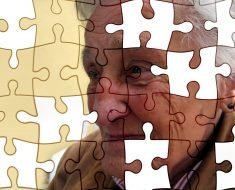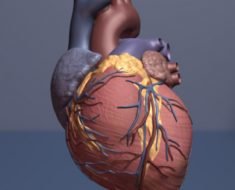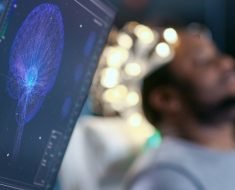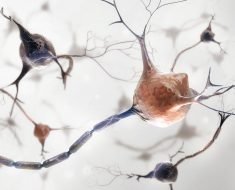Blepharospasm is a condition that is characterized by involuntary movements of the eyelids. Tics and twitches around the eye area are common, but in severe cases this can inhibit the ability of an individual to undertake activities where clear eyesight is required. At this point, it becomes medically significant and may require treatment.
Rarely, the eyes can be forced shut involuntarily for extended periods of time, causing temporary blindness for up to a few hours. This can be particularly detrimental if people affected by the condition are undertaking activities that require eyesight, such as driving, when the attack strikes.
Causes
The cause is not entirely clear, although it is thought to be related to abnormalities in the nervous system that interfere with the brain and messages to the muscles surrounding the eye. The particular mechanisms of the condition, however, are not known.
It is common for people with blepharospasm to also suffer from dry eyes, indicating that the conditions may be related, although one has not been shown to be causative of the other. Additionally, some families seem to show a higher predisposition to the condition, indicating that a genetic factor may be involved.
Symptoms
The primary symptom of the blepharospasm is involuntary eyelid movements, which inhibit the vision of affected individuals. The extent to which these movements affect people with the condition varies widely.
Determining the severity of the symptoms of the condition is important, as not everyone requires treatment. Mild symptoms of occasional tics and twitches of the eyelids may cause annoyance, but do not usually require treatment. In cases where vision is blocked and there is significant inhibition of daily activities, treatment may be considered.
Treatment
When treatment is required to help patients manage the symptoms of blepharospasm, the most common method is botolinum toxin injections. This disrupts the messages sent via the nervous system and paralyses the muscles. It usually takes a few days to begin working and treatment continues for up to four months. The results are effective, but some patients experience side effects such as:
- Dry eyes
- Drooping eyelids
- Double vision
- Blurry vision
Alternatively, drugs such as lithium or diazepam are also sometimes used, although results are usually less effective.
In some cases when pharmacological treatment is not successful, surgical intervention may be indicated. Myectomy involves the removal of part of the eyelid and eyebrow muscles responsible for the symptoms and improves the condition in the majority of cases.
It is also worthwhile for patients manage the stress factors in their life as high emotional stress can sometimes increase the severity of symptoms. It is always preferable to prevent symptoms from occurring if it is possible.
References
- http://www.betterhealth.vic.gov.au/bhcv2/bhcpdf.nsf/ByPDF/Blepharospasm/$File/Blepharospasm.pdf
- https://www.nei.nih.gov/health/blepha/blepharospasm
- http://aanem.org/Education/Patient-Resources/Disorders/Blepharospasm.aspx
- http://link.springer.com/article/10.1007%2Fs11940-000-0037-7#page-1
Further Reading
- All Blepharospasm Content
Last Updated: Jun 20, 2019

Written by
Yolanda Smith
Yolanda graduated with a Bachelor of Pharmacy at the University of South Australia and has experience working in both Australia and Italy. She is passionate about how medicine, diet and lifestyle affect our health and enjoys helping people understand this. In her spare time she loves to explore the world and learn about new cultures and languages.
Source: Read Full Article





